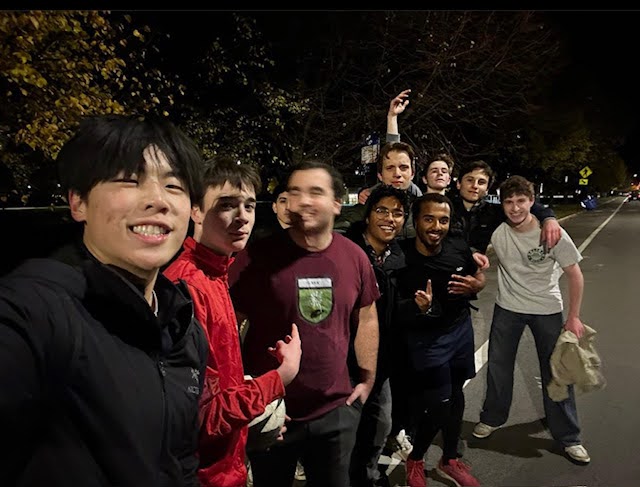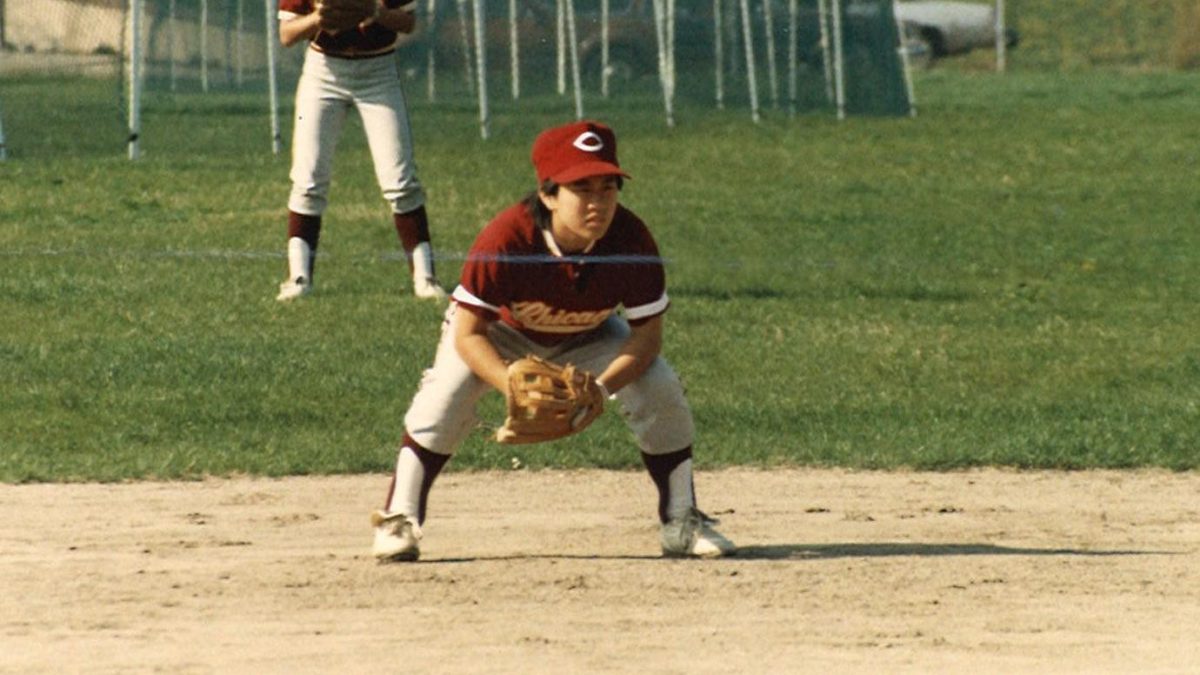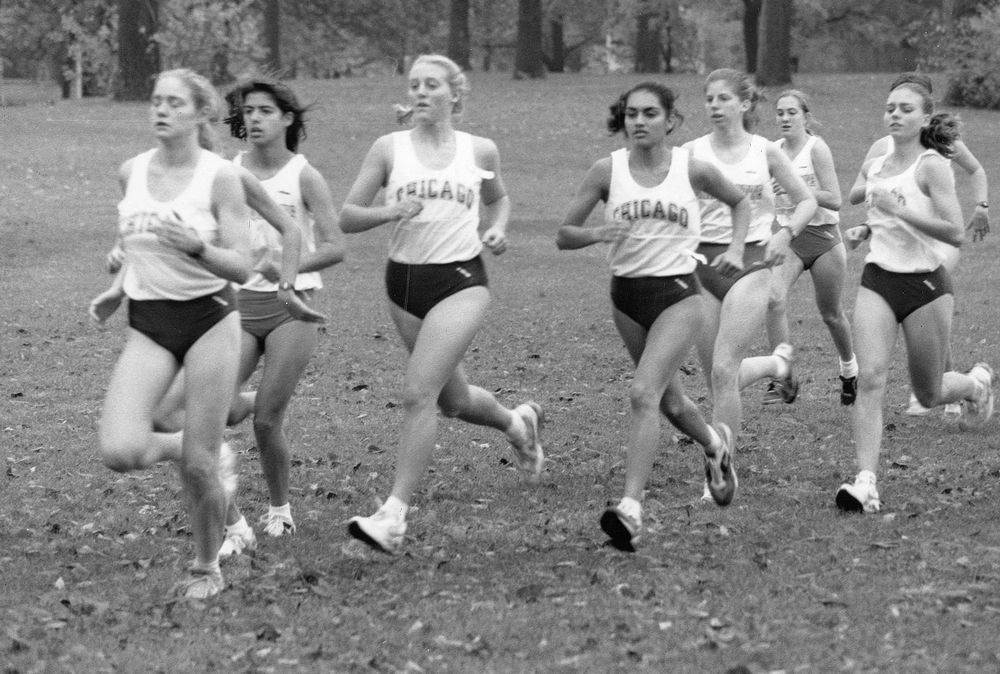So, apparently the bad boys are standing in the shadows and the good girls are home with broken hearts. Well, in this case, I’m squarely with the girls. Although perhaps my heart isn’t so much broken as that twinkle of hopefulness in my eyes has been cruelly extinguished.
At present, the main offenders are two: Lance Armstrong and Roberto Heras, who together put on a dazzling display as the 2002 Tour de France moved through the mighty Pyrenees. With Heras as his guide, Armstrong rather nonchalantly put a deceptively imposing 2:28 on his closest rival, the Spaniard Joseba Beloki, and in the process picked up two stage wins at La Mongie and Plateau de Beille.
A more democratic team, with a less authoritarian star (Armstrong) and director sportif (Johan Bruyneel), would have let the hard-charging Heras abandon Beloki, surpass Armstrong, and take Stage 12. Turncoat Heras, perhaps, gets his comeuppance. No matter, Armstrong and the boys from USPS moved into the five alpine stages with the leader’s yellow jersey and control of the race in hand.
Mont Ventoux, or La Geant de Provence, is something of an anomaly in the Tour de France. When compared with its peers, other Hors Categorie climbs, Ventoux is nothing special, at least on paper. However, the last 300 vertical meters are devoid of all vegetation. Routinely, the summit is described as a lunar landscape. Added to this, the temperature at the peak, regardless of the weather below, seems to be either 30 degrees Fahrenheit or 90, and nothing in between. Not surprisingly then, the ascent of Mont Ventoux is as much a physical battle as a psychological one.
Despite a rich history, on only four occasions did the stage finish on its hallowed summit. This year’s Stage 14 was one such occasion.
After a failed attack at the onset of the stage, Frenchman Richard Virenque escaped along with a large handful of other riders, none of whom were threats to Armstrong’s overall lead or any other contender’s podium position. They were thus allowed to gain a bit over twelve minutes on the peleton during the 198km leading up to the final ascent. At the base of the climb the only other psuedo-mountain goat of the breakaway, the Russian Bobo Botcharov, put the pressure on, dropping most of his less vertically adept companions. Only a struggling Virenque could stay with him. With 9km remaining on the climb, the now haggard Virenque, who had been previously dropped, surged forward in one of those famous and much-appreciated second winds. Quickly dropping Bobo, Virenque, with the photogenic gusto only a 45 year-old French housewife or I could appreciate, threw himself into the remainder of the climb.
Further down the slopes, with Virenque exhaustedly racing towards the finish in front, Joseba Beloki, surrounded by his ONCE teammates, put the future of the race in question and whole-heartedly attacked Armstrong with 6.5km to go on one of the climb’s steepest sections. Unfortunately for Beloki and those with souls, the ever-alert Armstrong pounced on Beloki’s move, quickly proffering a counterattack of his own. And with that he was free; the most cliff-hanging moment of this year’s race transpired in a mere minute or two.
As Armstrong immediately proceeded to put time between himself and his rivals, the question became not would he win the race (yes), but would he catch Virenque and the win the stage (no). Virenque held on, and with a visibly disgruntled Jean Marie LeBlanc, the race director, riding in a car behind him, emphatically offered a myriad of victory salutes, concluding with his now common, but still out of place, number one gesture. All was not lost for the American, however. Armstrong finished a strong third, putting irretrievable time between himself and Beloki, Igor Gonzalez de Galdeano, Raimondas Rumsas, and Santiago Botero.
With the race in hand, journalists and sports-page readers alike were left looking elsewhere for some sort of non-predetermined drama. Luckily, the French and Italian spectators provided just that, greeting Armstrong, riding alone after his attack, with jeers of “Doe-pay! Doe-Pay! (“Doped! Doped!”).” Not terribly sporting—Armstrong didn’t think so at least. So, are they right about Armstrong? Yes. Does this distinguish him from any other successful cyclist? No. In many respects, it was fitting that such comments would surface on this stage, for it was 35 years ago, on this same climb, that British cyclist Tom Simpson collapsed and died.
To the romantic, his death was the result of the aforementioned lunar majesty/depravity of Mont Ventoux. To the realist, it was consequent of the fatal heart attack he suffered in sweltering temperatures. To the cynic (a more correct, truthful, kind of realist), Simpson’s death was at least not unrelated to his use of amphetamines as a performance-enhancing substance. After his final collapse (there were several preceding that), nearby spectators noticed several tablets of speed in the back pockets of his jersey. Apropos of illegal drug use, the winner of this year’s stage confessed just last year to using the banned hormone EPO in 1998, the year the drug lid was blown off the jar that is the Tour
1998’s Tour, which saw the suspension of at least a third of the riders on suspicion of drug use, forced the race’s organizers to very publicly and very painfully confront a widespread problem. To that end, they introduced more drug tests of greater complexity and scaled back the distance and difficulty of major races, thereby aiming to diminish the incentive to use banned substances. By all counts, this year’s race ought to be considered a success. No one has, without a pre-approved reason, tested positive for drugs.
Why then the lingering doubts over drug use? Well, the route is still mind-bogglingly difficult. Moreover, it is being raced at near record speeds. If riders could only approach these times with the help of drugs in 1998, it seems strange that they can now comfortably exceed them while remaining clean. So perhaps the riders are using drugs, or hormones, or something else comparably fishy, and it simply isn’t being detected. This seems reasonable.
Throughout the nineties, rare was the rider who tested positive for EPO; in 1998, it took raids to ferret out the culprits. Even with more sophisticated tests, which can now detect the previously elusive EPO, it doesn’t seem implausible to suggest that there are now more subtle drugs that escape these new precautionary measures. Besides, the overwhelming benefits of drug use occur during training, not racing. To get caught with drugs in one’s system mid-race is more a sign of laziness or stupidity than an accurate indicator of one’s seasonal sobriety: while not lazy, cyclists tend to be a remarkably stupid, if still sincere, bunch.
So what’s the upshot of it all? If all the riders, at least some of whom are probably as naturally talented as Armstrong, are using drugs, then perhaps Lance is too. And like them, and their crafty trainers (in his case, it’s the notorious Michel Ferrari), he is simply eluding detection. Surely then, the audience’s jeers are correct, just not terribly interesting or revelatory. The Tour leaves the Alps this Thursday, and except for that stage and Saturday’s final individual time trial, should be without a major shake-up in the overall standings. Armstrong will win.







